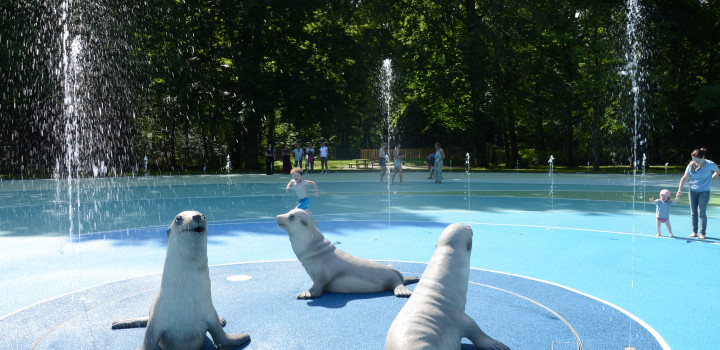Water is the basis of all life. Dealing responsibly with water as a resource is a duty and the prerequisite for sustainably designed spaces.
An intact supply of water for urban and landscape spaces forms the basis for people’s lives and the environment. At a time of global climate change, handling water as an element carefully is becoming increasingly important. On the one hand, we deal with water in a resource-conserving way and in line with an all-encompassing circulation principle, which, for instance, facilitates rainwater seepage. On the other, the qualitative added value of water must be made accessible to people. Sustainable open spaces can first be created when energetically sustainable spaces and worlds of experience that can be encountered with the senses coexist in a harmonious way.























